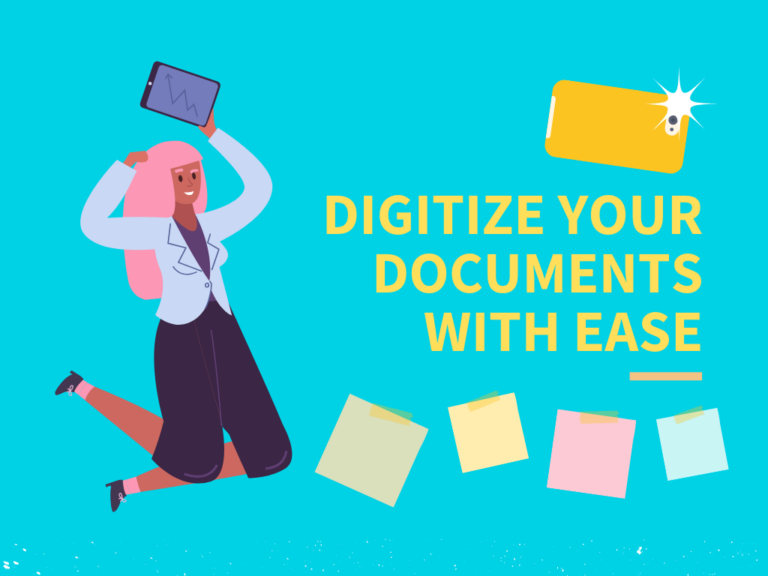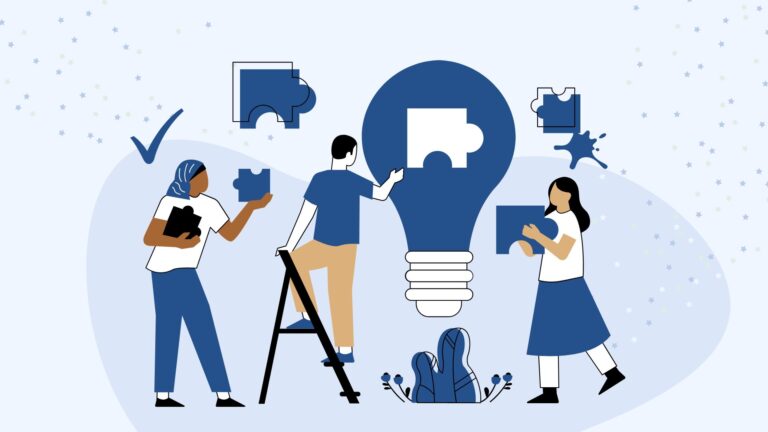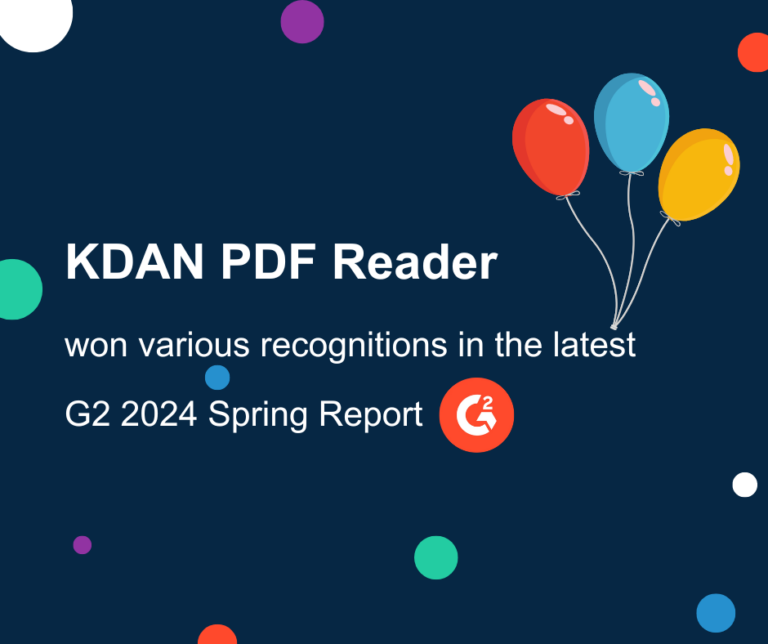Lost Your Focus? Here’s How to Get It Back
“Your brain’s not broken. You’re just overwhelmed by a wall of open tabs.”
On average, U.S. professionals lose 720 hours a year to distractions like emails, pings, and constant task switching. They spend another 127 hours trying to recover their focus. Even so, rest rarely feels real. Mental overwhelm isn’t laziness. In fact, it’s your mind asking for relief. With the right setup and a few quiet tools, you can start rebuilding clarity, one focused block at a time.
Understanding Your Mental Load: Why Focus Feels Impossible
You’re not the problem. Your brain simply wasn’t built to handle a nonstop stream of pings, pop-ups, and app switches. In today’s hybrid work culture, interruptions have become the norm. Studies suggest that nearly 28 percent of a knowledge worker’s time disappears into distraction. These small moments don’t just vanish—they pile up, slowly draining your mental energy.
Focus isn’t broken. It’s buried under digital noise. And until we stop treating distraction as normal, clarity will remain out of reach.
When Your Brain Is Stuck in ‘Reply All’ Mode
You sit down to focus. Before you can even start, an email notification pops up. Then a Slack message. Then a calendar alert. One quick check becomes ten minutes of window jumping. Suddenly, your original task feels distant and unclear.
This isn’t multitasking. It’s mental ping-pong. Every tiny switch steals a little more of your attention, until you find yourself staring at your screen, unsure where you left off.
By noon, the exhaustion sets in. But it’s not from doing too much. It’s from the constant toll of switching back and forth. Even when your calendar says “free,” your mind feels anything but.
In moments when routines loosen and distractions get louder, staying focused is even harder. You don’t lack discipline. Instead, you’re operating within a mental system never meant to absorb this much noise.
It’s Not You. It’s the Space Around You.
It’s easy to blame yourself. “I should be more focused.” “Why can’t I just push through?” But the truth is, your mind struggles in chaos.
Imagine this: your desk is cluttered, your browser holds 14 tabs, your notifications keep lighting up, and your to-do list only grows longer. This isn’t about self-discipline. It’s about environmental overload.
The brain reacts to its surroundings. Visual mess translates into mental noise. A nonstop stream of alerts keeps your nervous system on edge. Even digital clutter—unorganized files, scattered apps, unread emails—adds to the pressure.
When everything feels urgent, it’s hard to begin. You hesitate, scroll, and then feel guilty for not moving forward.
But what if the issue isn’t motivation? What if what you truly need is a space that supports focus rather than constantly breaks it? Clarity isn’t something you push toward. It’s something you set up.
Practical Ways to Reclaim Mental Clarity
So how do you shift from scattered to steady? Not by downloading another productivity app or forcing yourself to “just focus harder.” Instead, it starts by designing your work environment and shaping your habits to reduce default distractions.
Here are three ways to reset your mental space:
1. Turn Off the Noise
Silence your notifications. Not forever, just long enough to give your brain breathing room. Even short, 30-minute breaks from pings can refresh your focus. Place your phone face-down. Close unneeded apps. Give yourself permission not to reply right away. Not every message is urgent.
2. Schedule Your Focus
Treat your focus time as non-negotiable. Add it to your calendar. Communicate it. A 90-minute block without Slack, email, or meetings can be more productive than four fragmented hours.
3. Simplify What You See
Your physical and digital environment shapes your attention. Clear your desk. Close tabs. Use one tool at a time. When reading documents, avoid bouncing between platforms. When writing, focus before you edit. One thing at a time is more than enough.
Another Way to Reclaim Clarity: Let AI Carry the Cognitive Load
Once you’ve cleared physical distractions and blocked off time to focus, you’re still left with something more subtle—mental friction. This is the hidden resistance that builds when your brain is stuck handling repetitive, low-value tasks instead of solving real problems. At this point, AI doesn’t replace your effort. It supports it.
1. Clear Mental Noise First
AI isn’t about avoiding hard work. It helps clear the clutter before you even begin. For instance, reading documents with AI, like using KDAN PDF(formerly KDAN PDF Reader)’s AI Summarize, gives you a clean overview right away. This lets your brain spend energy interpreting content, not digging through it. One sharp summary can save ten scattered clicks.
2. Automate the Boring Stuff
Clarity also depends on what you no longer have to think about. Automation tools like Make or n8n reduce repetitive steps—tracking responses, sending updates, organizing inputs—so you don’t have to. When your to-do list gets lighter, your thinking becomes sharper.
3. Let Tools Support, Not Replace
Think of AI as a teammate, not a replacement. Let it assist with summarizing, tagging, and task handoffs, so you can stay focused on the ideas only you can create. Tools should help you think more clearly, not do the thinking for you.
Once the task is done, close the tab, silence the app, and walk away. You don’t need another alert. You just need quiet.







